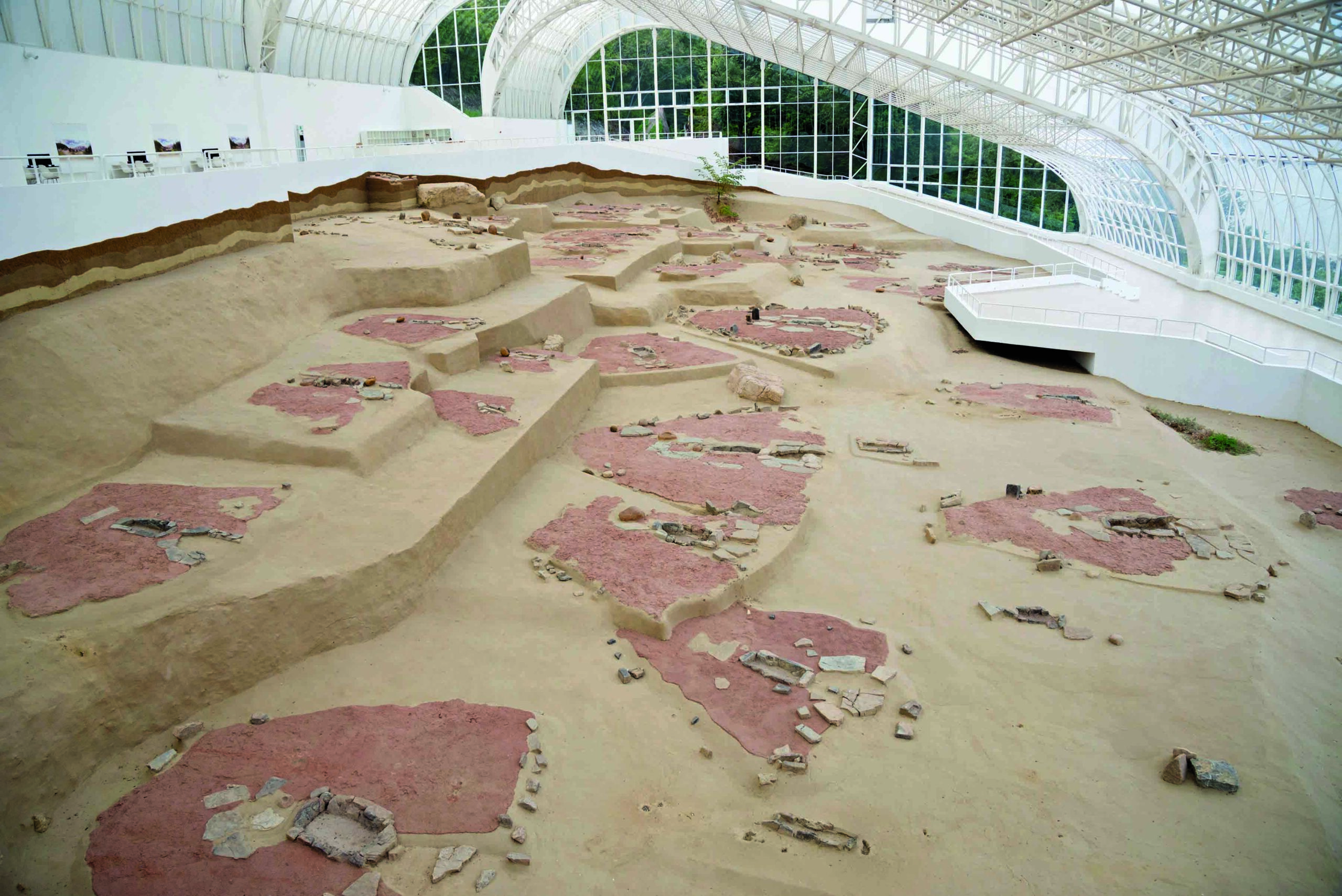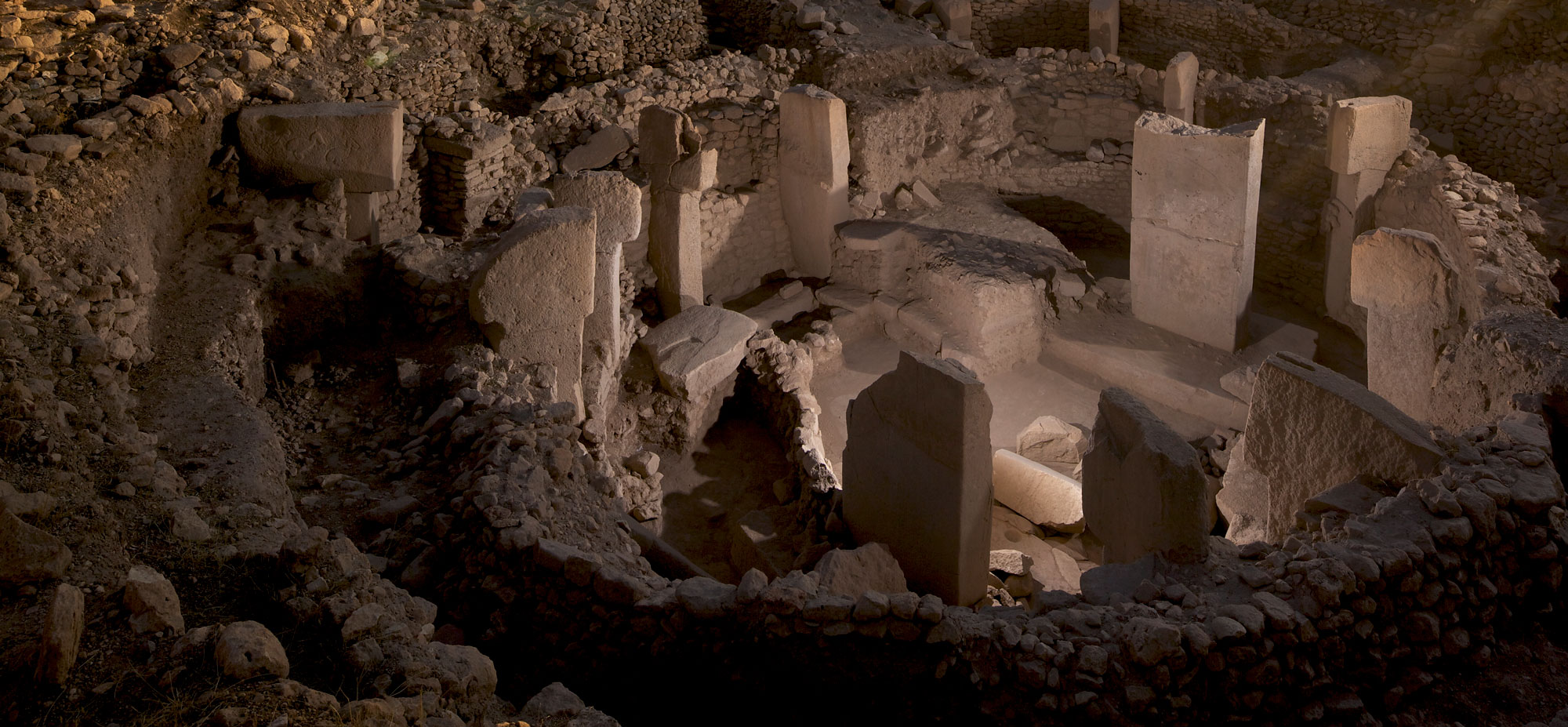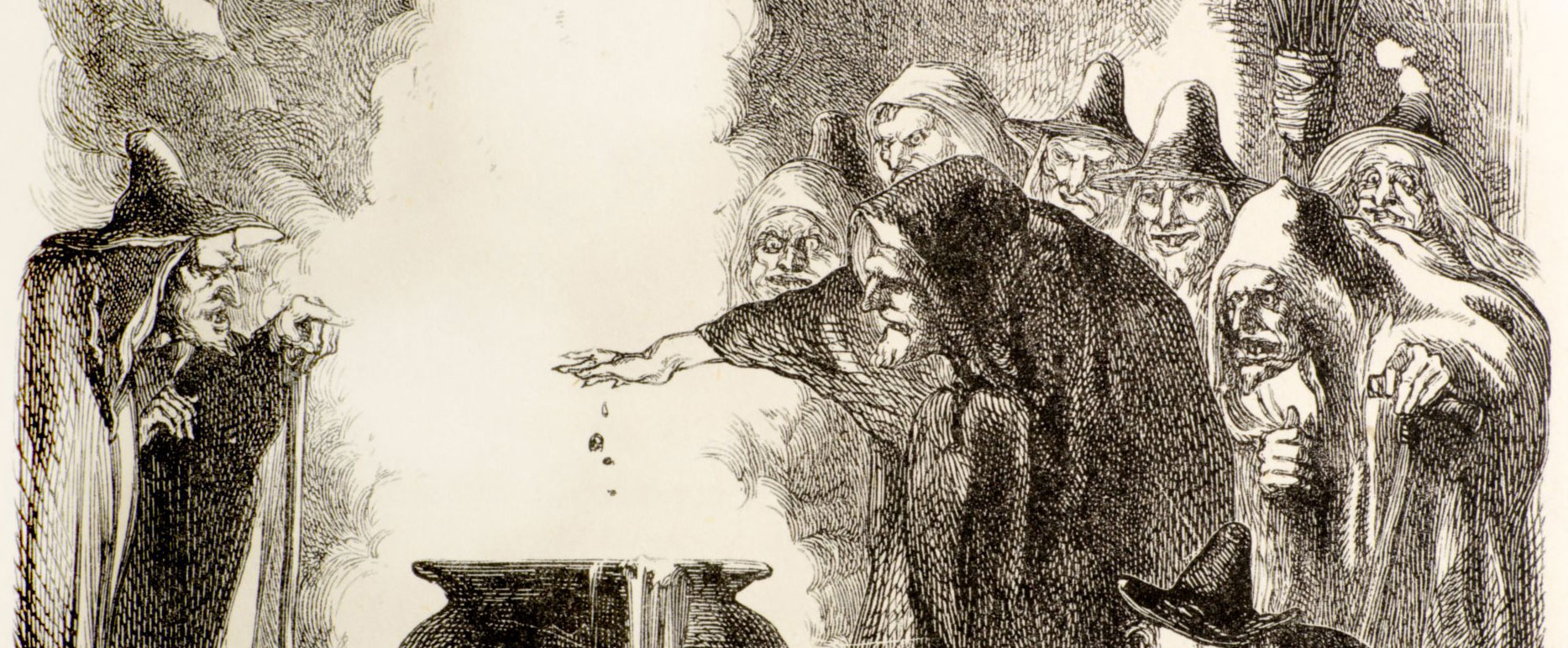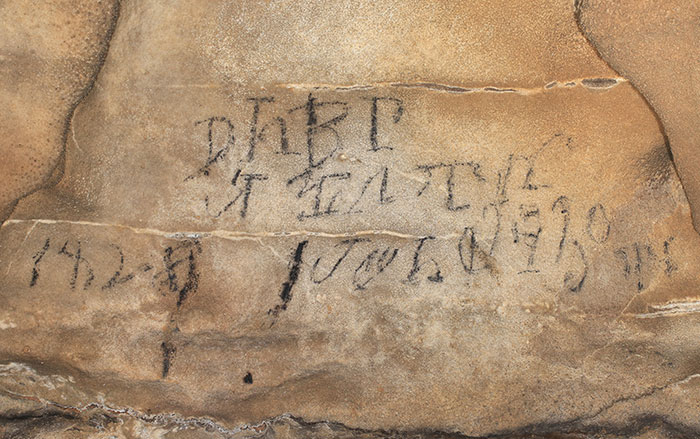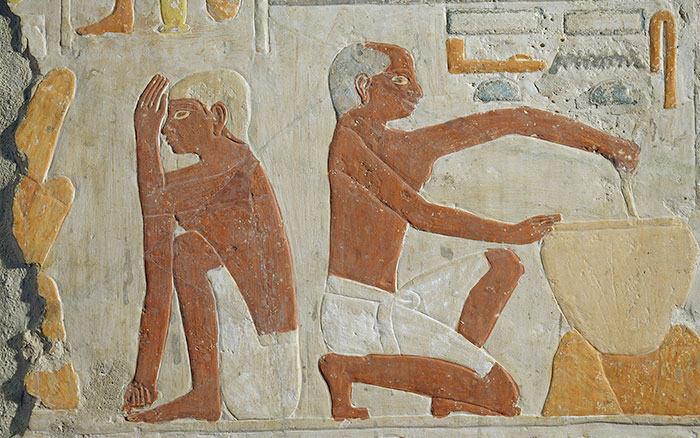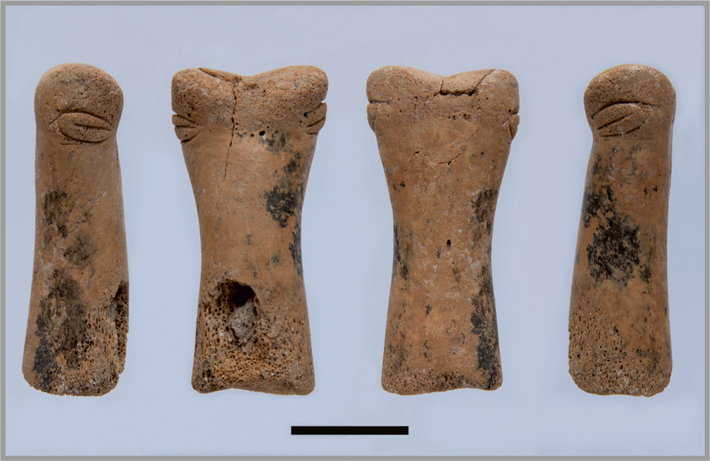
POZNAŃ, POLAND—According to a Science in Poland report, a two-inch piece of donkey bone thought to have been carved into an anthropomorphic figurine some 8,000 years ago has been unearthed by an international team led by M.Z. Barański at Çatalhöyük, the site of a large Neolithic settlement in southern Turkey that was inhabited for more than 1,000 years. “This is undoubtedly an important find with a very simplified, but clear depiction of human features in the form of eyes,” said Kamilla Pawłowska of Adam Mickiewicz University. She found the artifact while screening the contents of a bin recovered from a room at Çatalhöyük where food had been stored between 6500 and 6300 B.C. Pawłowska added that donkeys were a rare food source at Çatalhöyük, but butchered donkey bones have been recovered. Sheep and goats were more commonly used as meat sources, she explained. To read about a Neolithic stone female figurine discovered in a house at Çatalhöyük, go to "Figure of Distinction."



